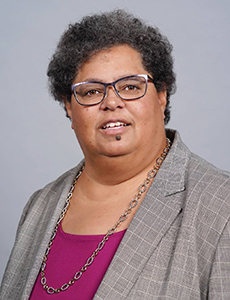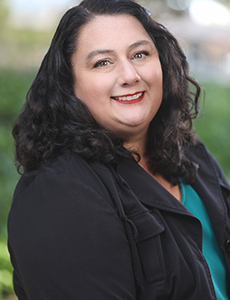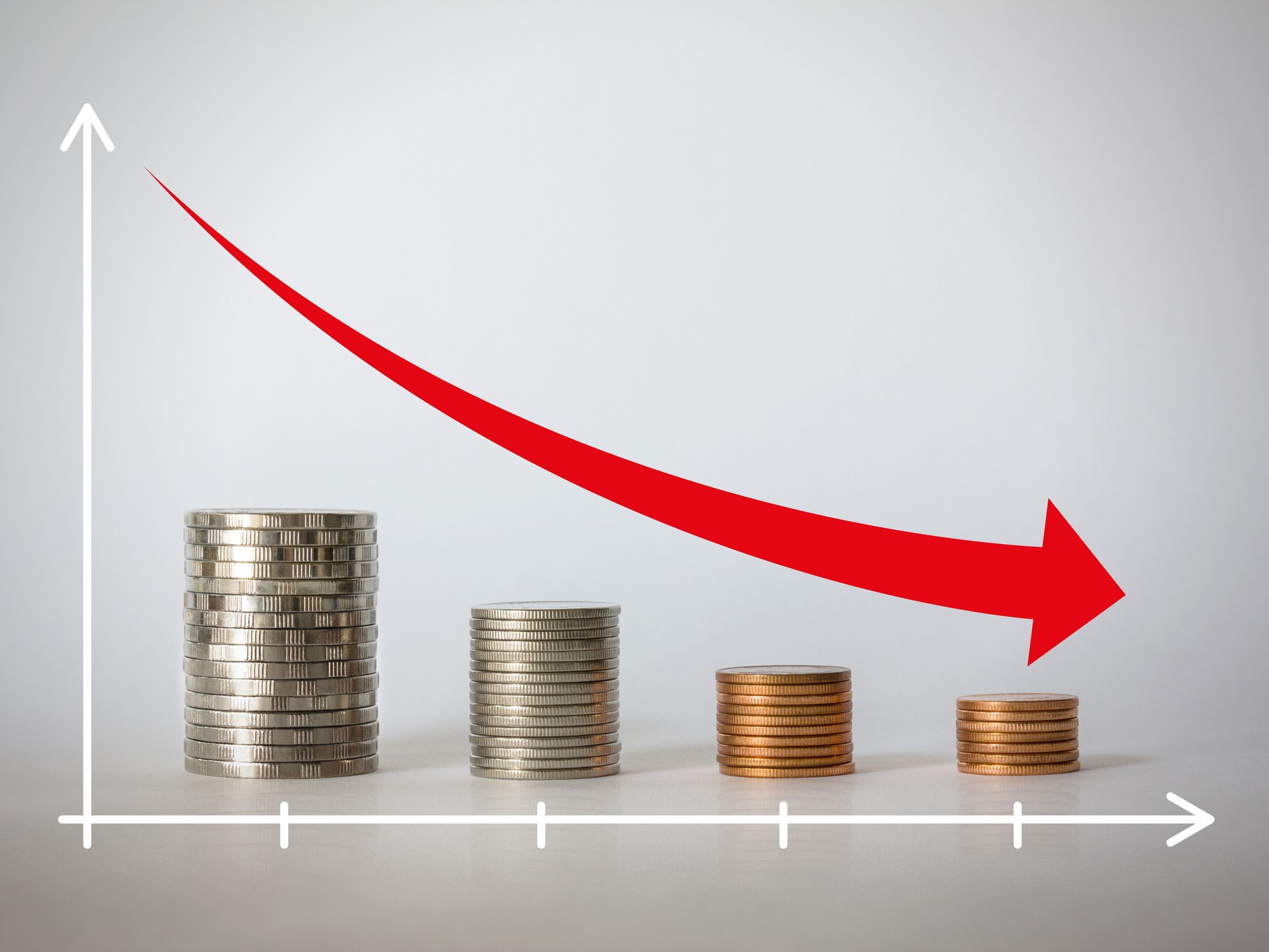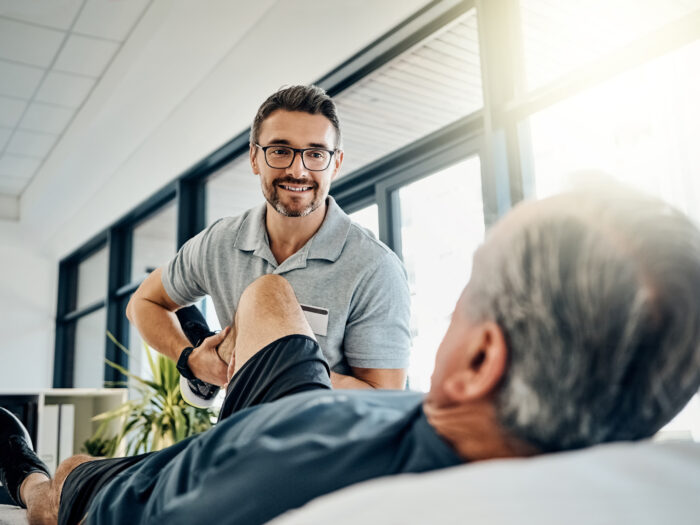How Student-on-Teacher Violence Is Creating Greater Workers’ Comp Exposures in Public Schools
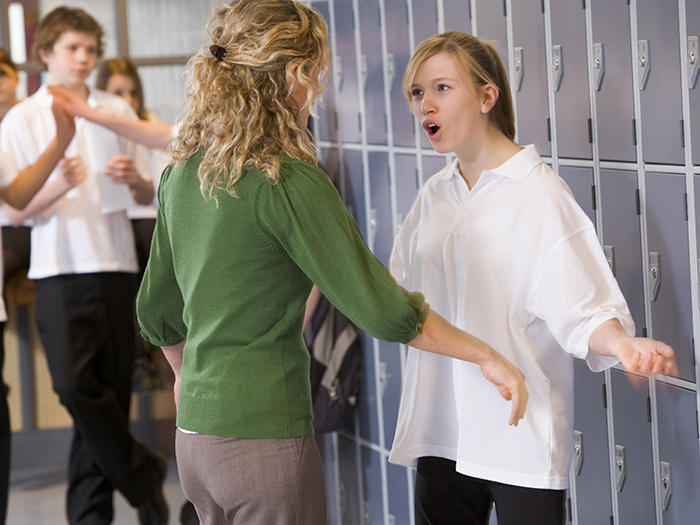
The vast majority of school districts are now back in the classroom full time, and most have dropped pandemic-era restrictions, like mandatory masking.
But just as COVID claims fade into the background, workers’ compensation in public schools has taken a more concerning turn — increased violent incidents.
“Prior to COVID, of course there were workers’ compensation claims that involved students fighting and teachers maybe trying to break up the fight and getting injured,” said John Chino, area senior vice president at Gallagher.
“What has happened is that the number of incidents has gone up; there are more fights with students and more cases where teachers get injured in some part of that exchange. But in addition, there are teachers who are being injured by students — punching, kicking.”
The Prevalence of Violence on School Premises
According to the Bureau of Labor Statistics (BLS) 2011-2014 data, “Violence and other injuries caused by people or animals accounted for 24% of all nonfatal injuries requiring educators to miss work in 2014. Of the 24% of violence-related injuries, about three in five were intentional injuries by a person. Falls, slips and trips were the only cause of workplace injuries that accounted for more nonfatal injuries to educators than violence.”
Putting the numbers in perspective, a 2016 BLS report analyzing the same data set found that “the total days-away-from-work incidence rate per 10,000 full-time workers was statistically the same for those employed in private industry and those employed by local governments (69.3 and 66.3, respectively). However, local government educators [including public school workers] experienced a higher rate of violent events than those in the private industry (17.0 and 13.5, respectively).”
In the 2020 BLS data, in which schools across the country were almost entirely virtual, violence obviously occupied a much smaller portion of injuries — about 3.4%. However, those closest to the problem know that reprieve has given way to a troubling trend.
School Violence in a Post-Pandemic World
Rosa Royo, director of workers’ compensation and loss prevention at Miami-Dade County Public Schools, noted her district previously had a lot of slips, trips and falls — the most common injury type industry-wide.
Now that schools are fully re-opened, violent incident claims are increasing.
Royo confirmed that anecdotally, student aggression is the likely cause, based on her data.
“Do I think that’s the reason? Yes. Everybody went home and did whatever they wanted to, and now they’re back in a full brick-and-mortar setting, and you’ve got timelines and you’ve got people near you, and you’ve got halls, and everybody seems to be just slightly on edge,” she said.
Royo shared her pre-pandemic data, explaining that between July 2019 and April 2020 her district had 282 student aggression claims, of which 148 were special education-related, and 134 were from the general student population — fights between students causing injury to school staff or violence toward school staff. This amounted to 15% of claims.
In the post-COVID period so far, (July 2021 to April 2022) Miami-Dade public schools had 323 aggression claims, accounting for 18% of claims. The case mix was weighted slightly more toward the general student population, with 170 related to special education, and 153 general.
“The cost of those claims has also gone up,” Royo explained.
“In 2019, they accounted for $1,449,000, which was about eight percent of my total workers’ comp budget. We’re currently running at $2,430,00 for those claims with about eleven percent of the budget. It’s not a huge uptick, but it’s a measurable uptick.”
As the Miami-Dade data shows, special education bears the brunt due to the nature of the work.
“The workers involved in special education, who are teachers’ aides, teachers, social workers and psychologists, that group has always had a higher experience of workers’ compensation claims than the general population of teachers, because they’re doing things with students that require physical contact. They may have to lift them or move them,” Chino explained.
“Because of those operational issues, they have more claims. In the past, the claims were usually scratches and in some cases biting. That’s not the case now. Now, these workers’ compensation injuries are punching and kicking. So the level of aggression, whether it’s students in the main population or students in the special education group, is much greater.”
Chino asked his clients to take a look at data in the five years before COVID and compare it with the last 12 months, with the understanding that there are differences in the return to school and distance learning policies across states and across districts.
The results of this informal survey were striking as well.
“It’s at least 25% greater, but the severity is significant, because the workers’ compensation injuries from a scratch or a bite are nowhere near as significant as getting kicked or punched. Some of the latter claims can be $100,000 or more,” he said.
According to Michael MacAulay, president of PMA Management Corp., the highest observed frequency in school districts in the past five years was in 2016/2017. Claims decreased during 2020/2021 as schools transitioned to virtual learning due to COVID.
However, “since the return to the classroom environment, we’ve seen frequency has started to tick back up and severity is starting to increase at a slightly less accelerated pace,” he said.
Regarding causes, MacAulay echoed other insiders. “It’s a little too early to tell, because we’re just starting to re-emerge from the pandemic, but there continues to be a heightened focus on how to mitigate and deescalate combative student situations,” he said.
“From our perspective, [claims stemming from combative students] are a very real exposure, and our role is risk management — to help schools mitigate these situations. We review combative behavior episodes and record them using special codes that pertain to the type of incident to better track how the accidents occurred,” added MacAulay.
What Can We Do?
For the industry, the question has become why and how to fix it.
Erica Vogel, CEO of Community Matters, might have that answer. The organization has been working with public schools
since 1996. The flagship program began in 1999 after Columbine.
“We’ve done about 600 trainings with schools since COVID, and across the board, all of the trainers have been reporting back that student aggression has increased. And school staff we’ve been working with have been saying that their social/emotional behavior has declined, because they have not been socialized. It’s almost like there’s a two-year delay,” Vogel explained.
“We go in to train a school of 7th and 8th graders, and they’re behaving like 5th and 6th graders. In my entire field of work, I haven’t seen that in a large population, ever.”
Creating a more welcoming and calming environment is the goal of programs like Community Matters’ trainings, and Vogel believes that in time the risk can decrease, but that it won’t do so on its own.
“We don’t teach teachers how to walk to avoid slip and fall accidents, we prepare the environment so that hazards are limited,” she said.
“In the same vein, if teachers are getting hurt because of student intervention, it would make sense to start at the root of the problem and prepare the environment so that hazards are limited that way.” &

